Loss of children 1 tragedy of latest Mexico City earthquake

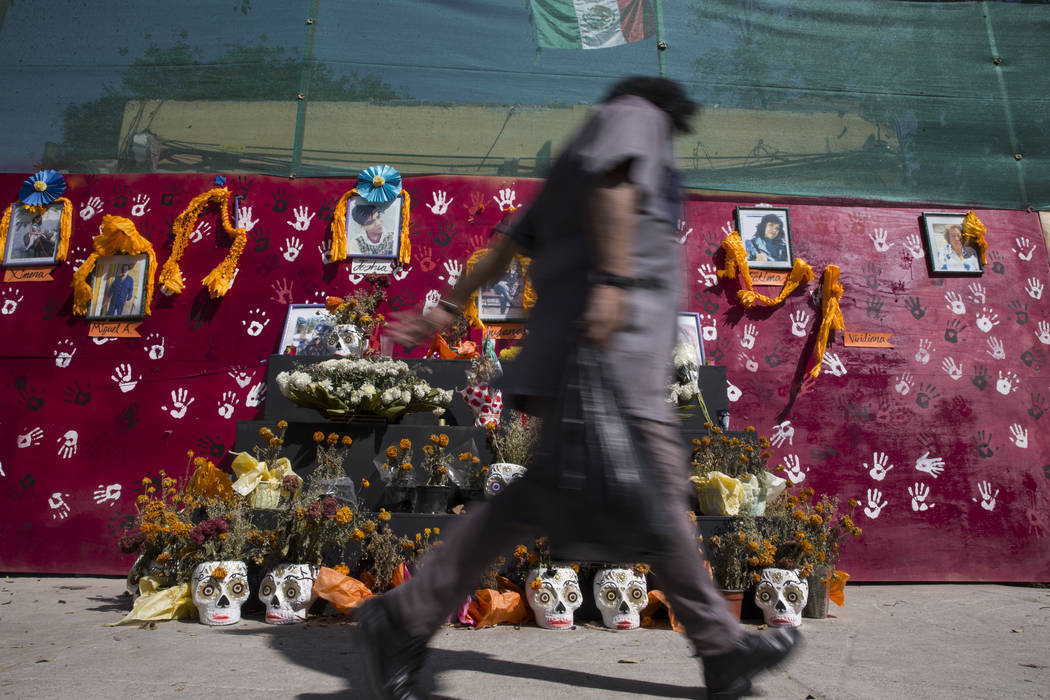
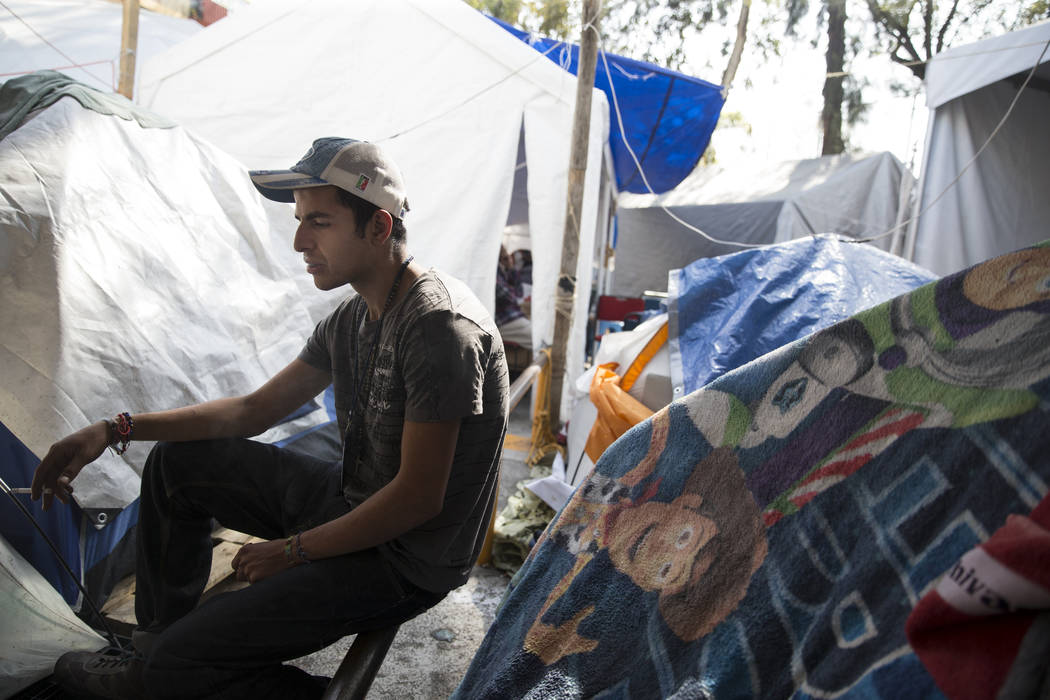
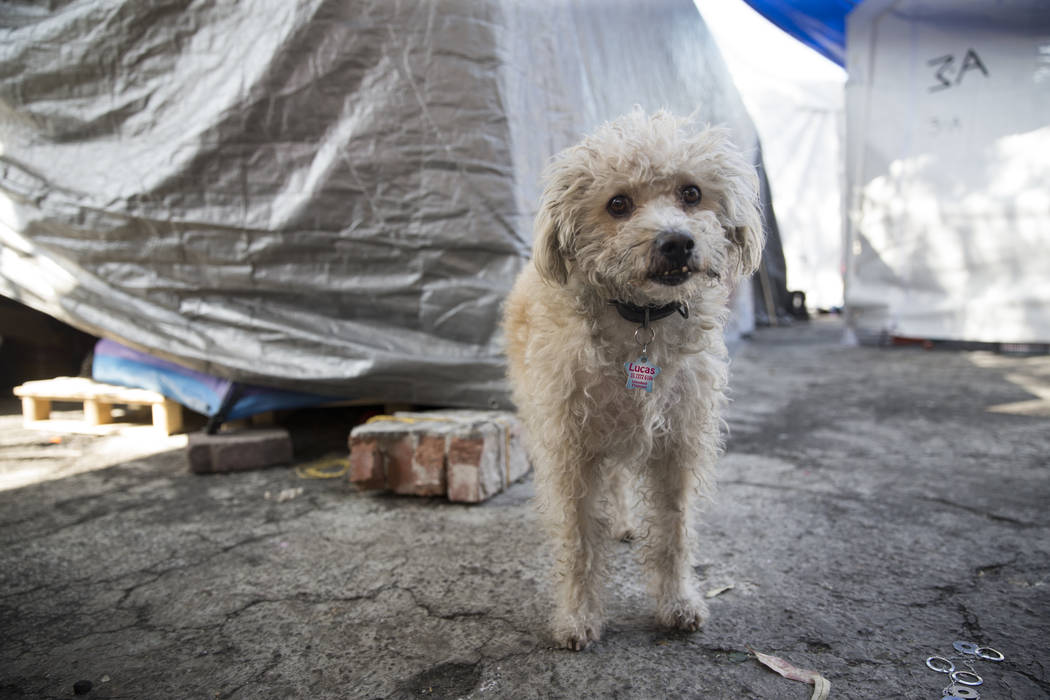
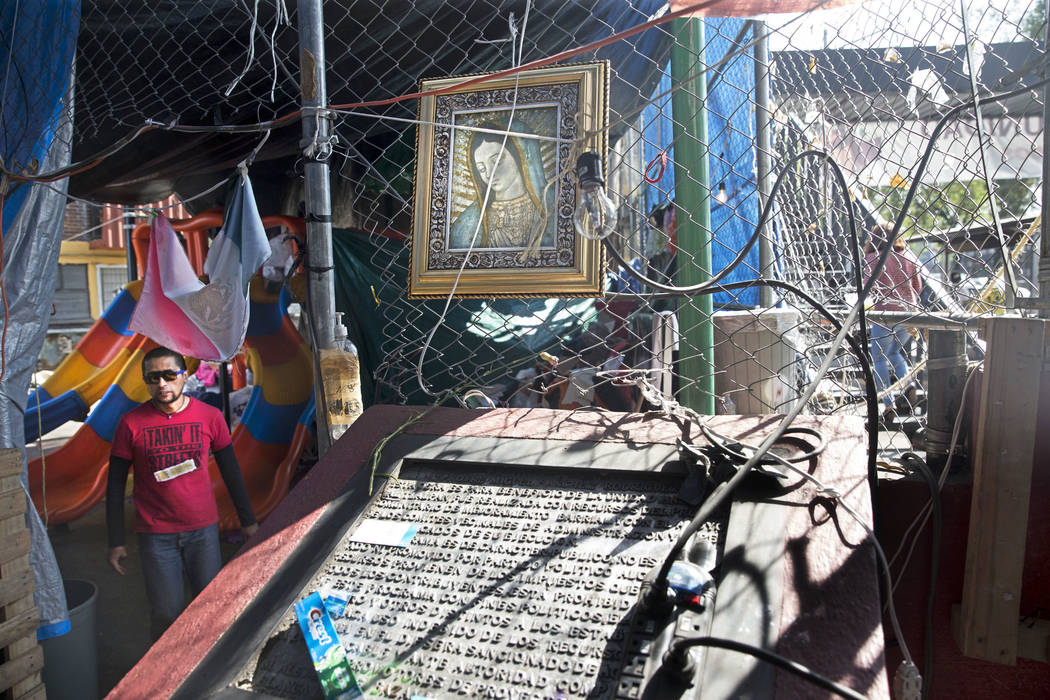

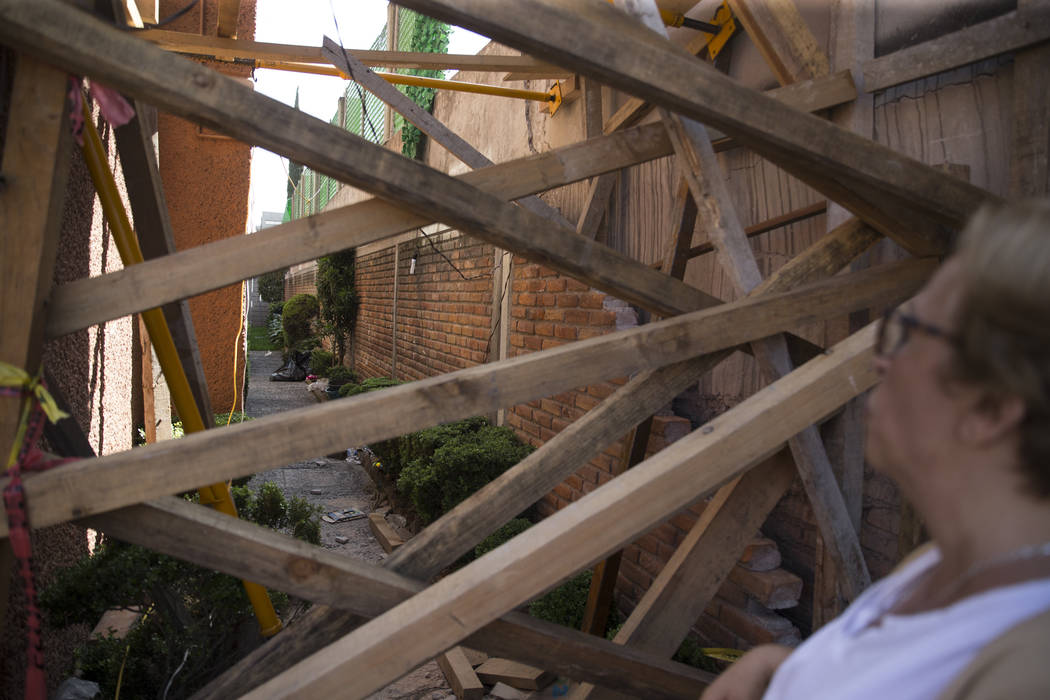

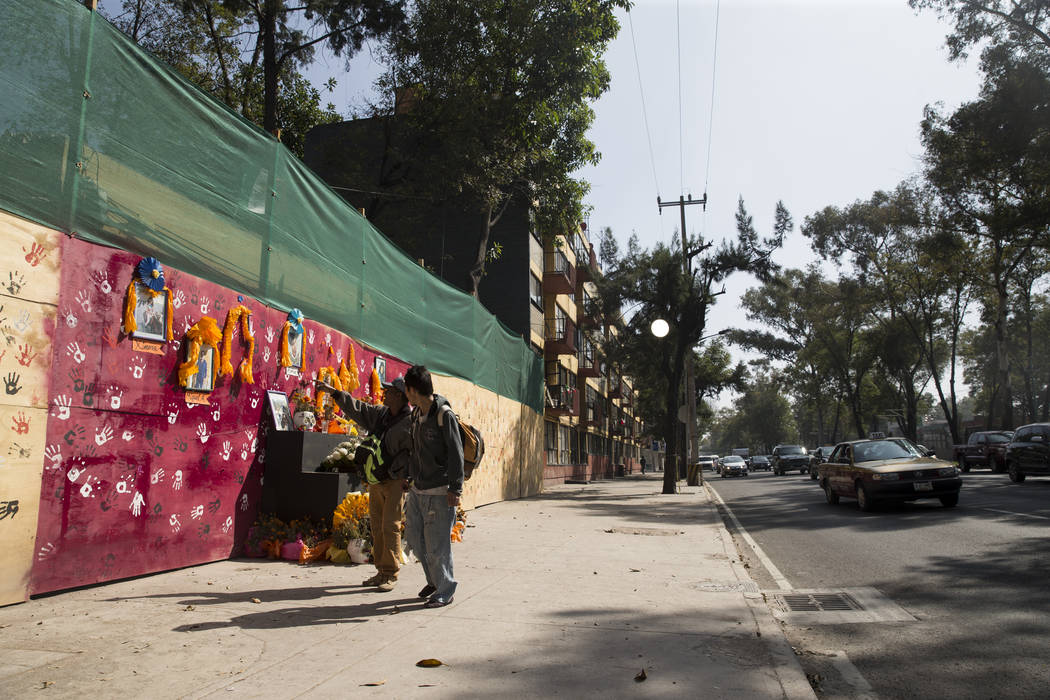
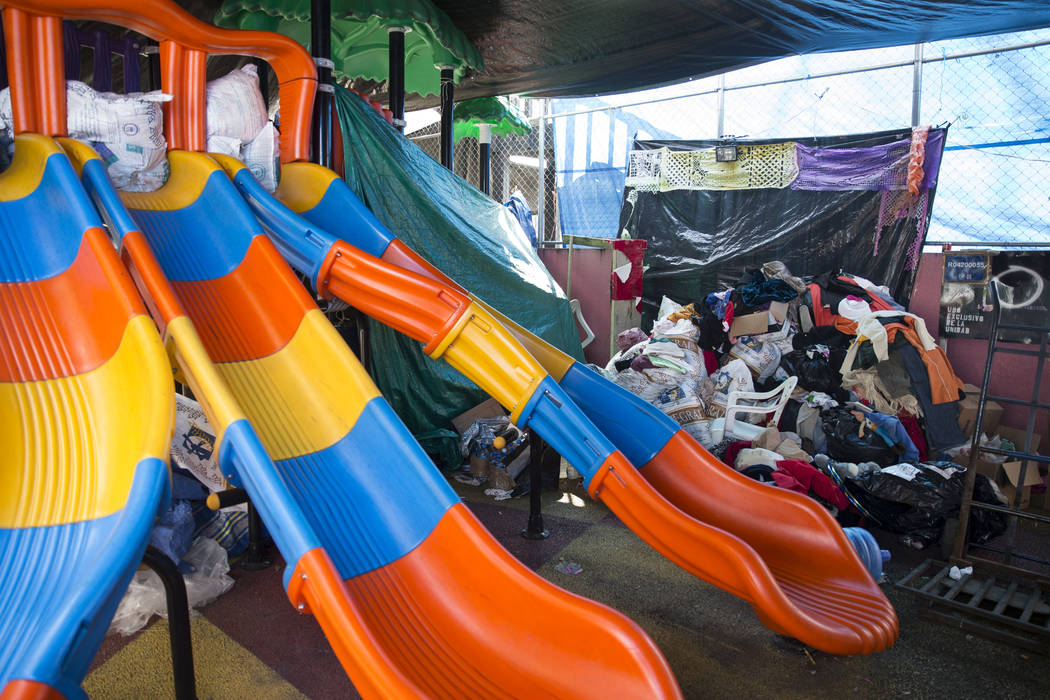

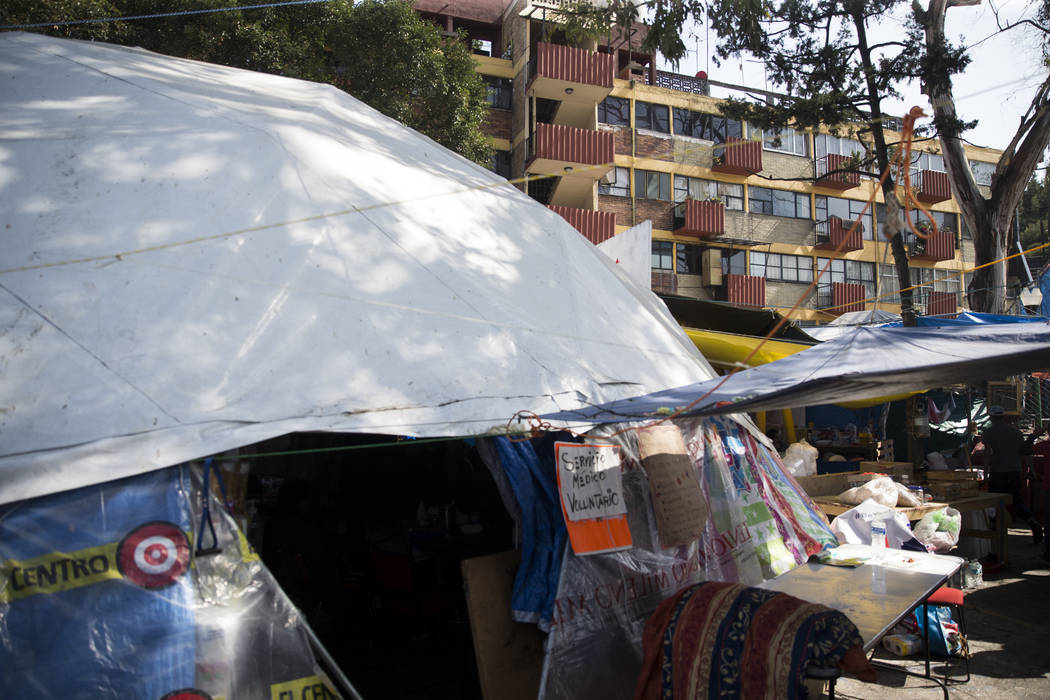
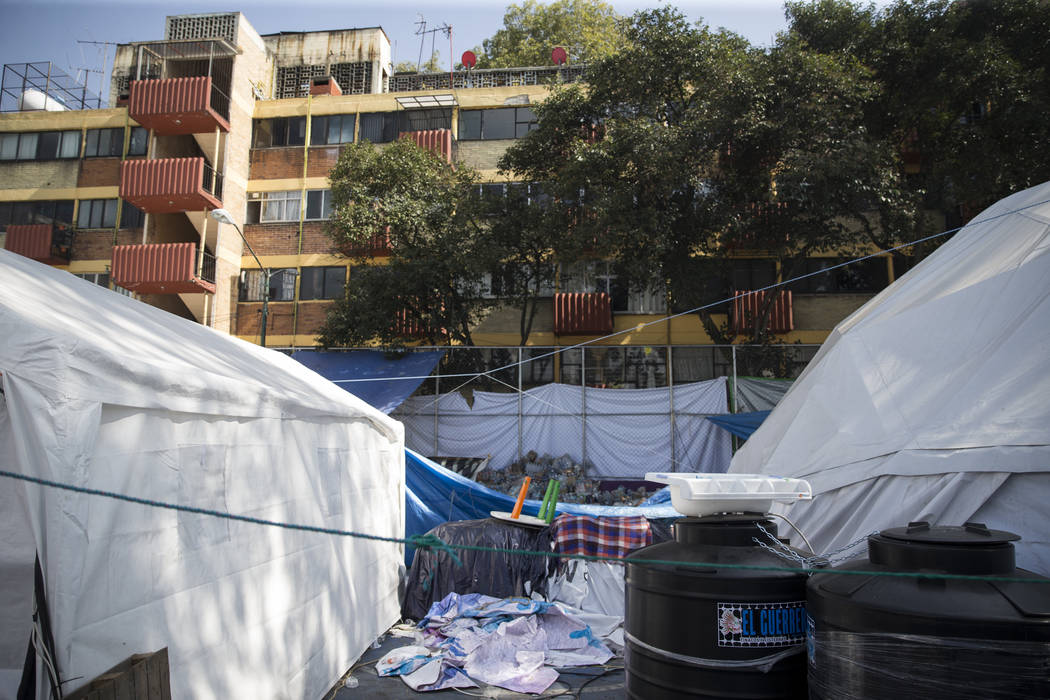
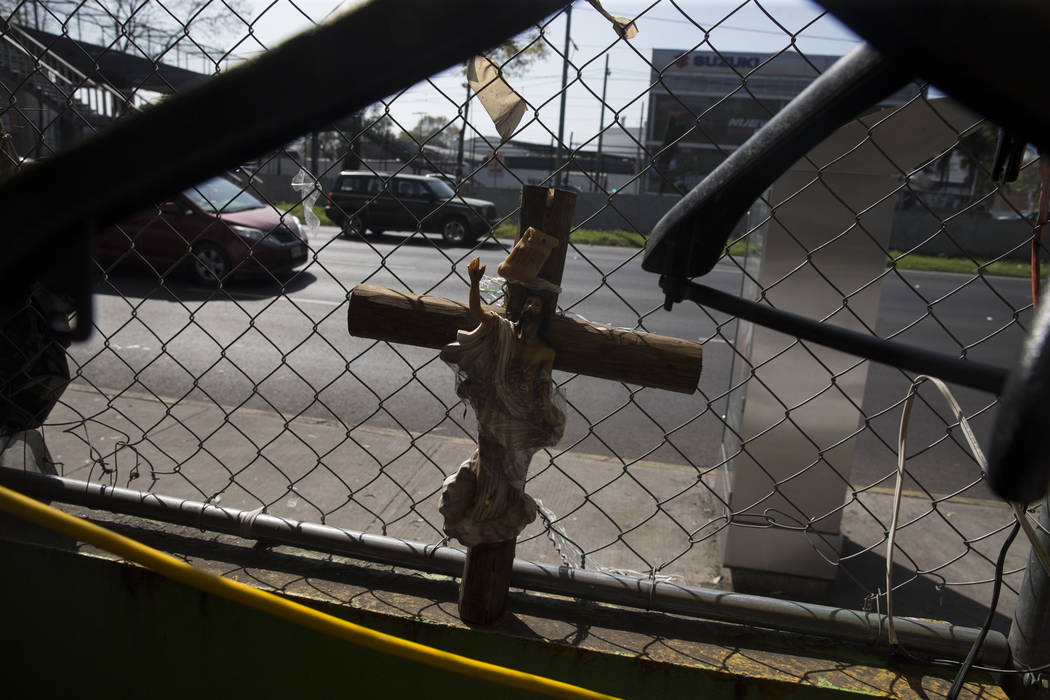


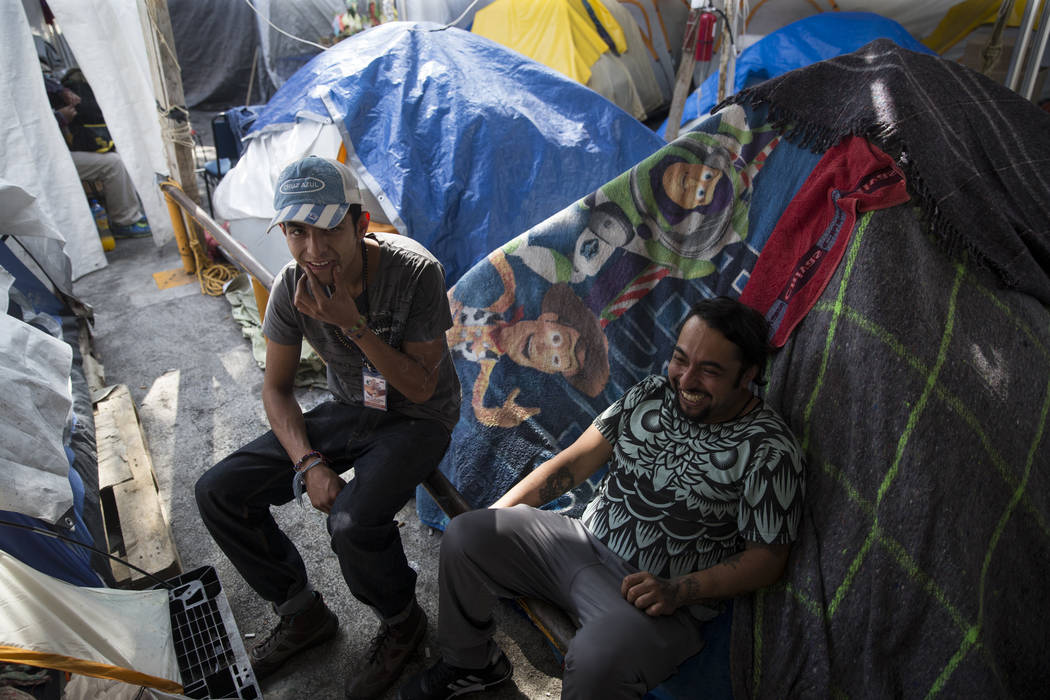
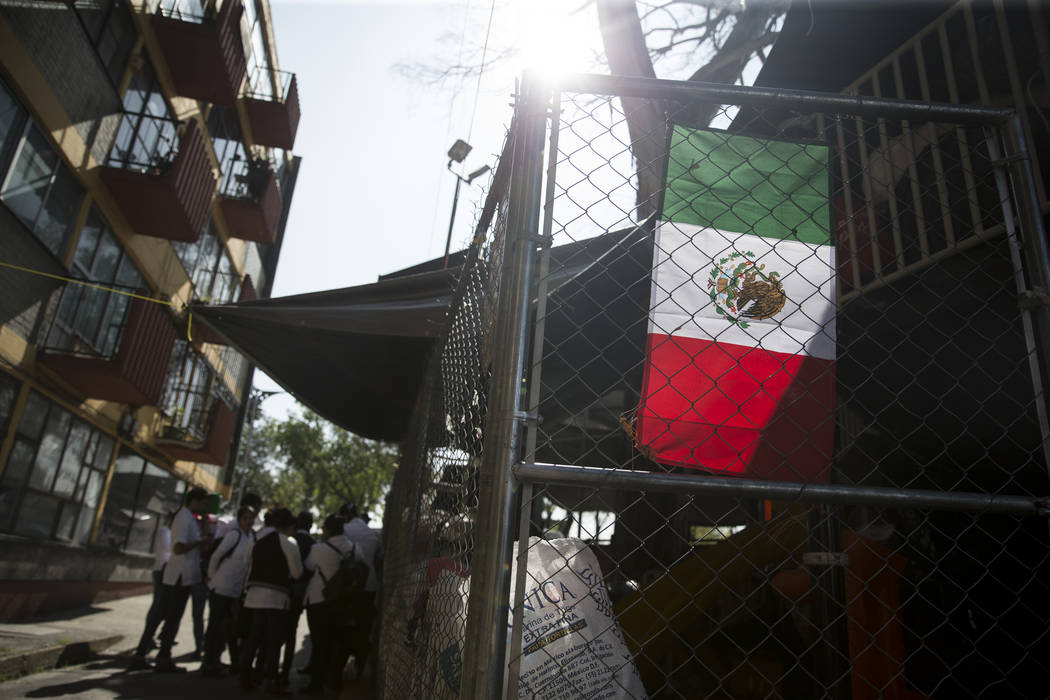
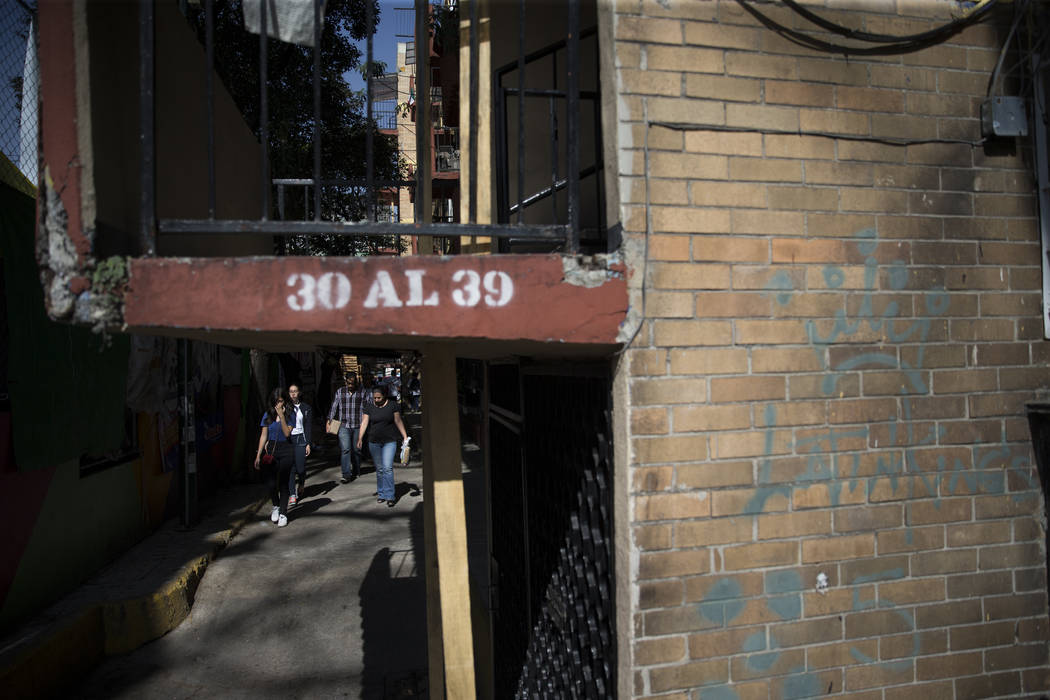
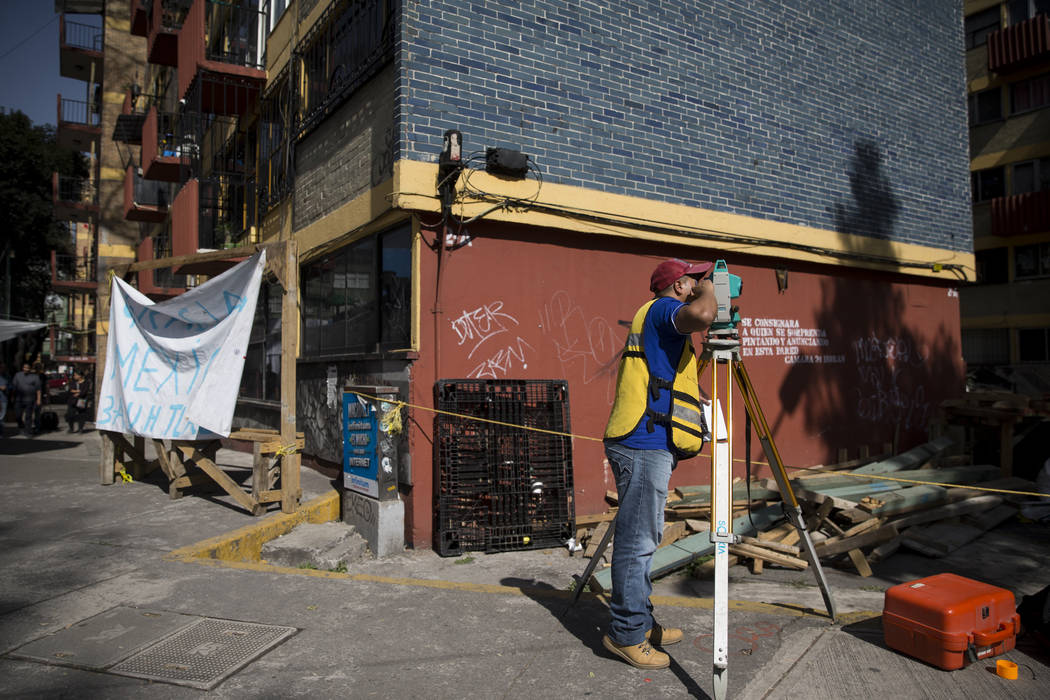

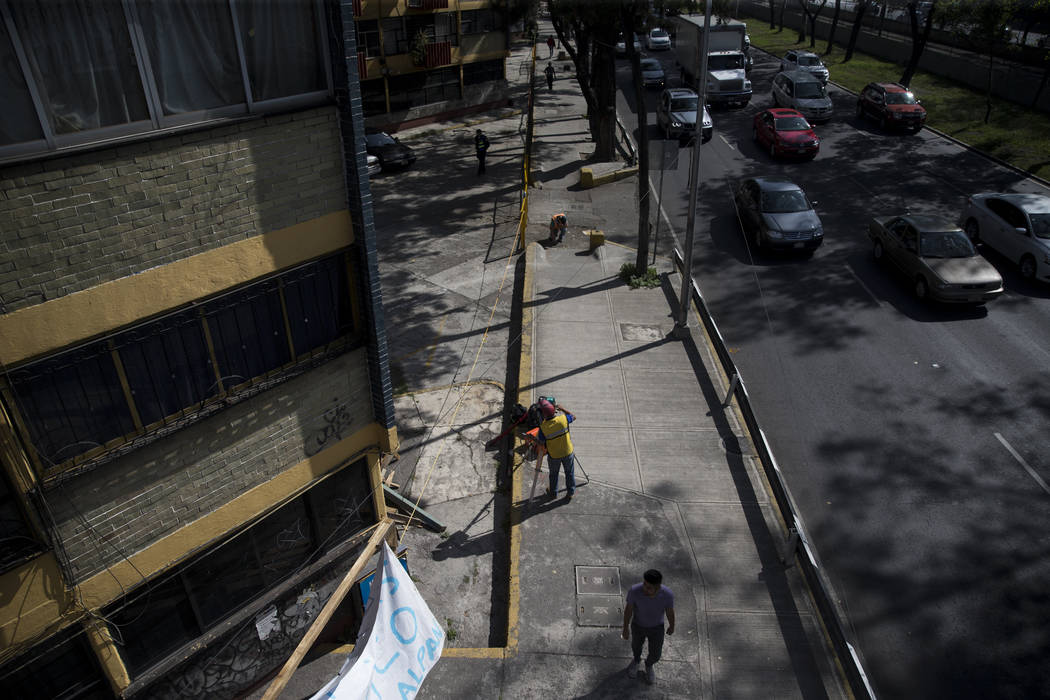

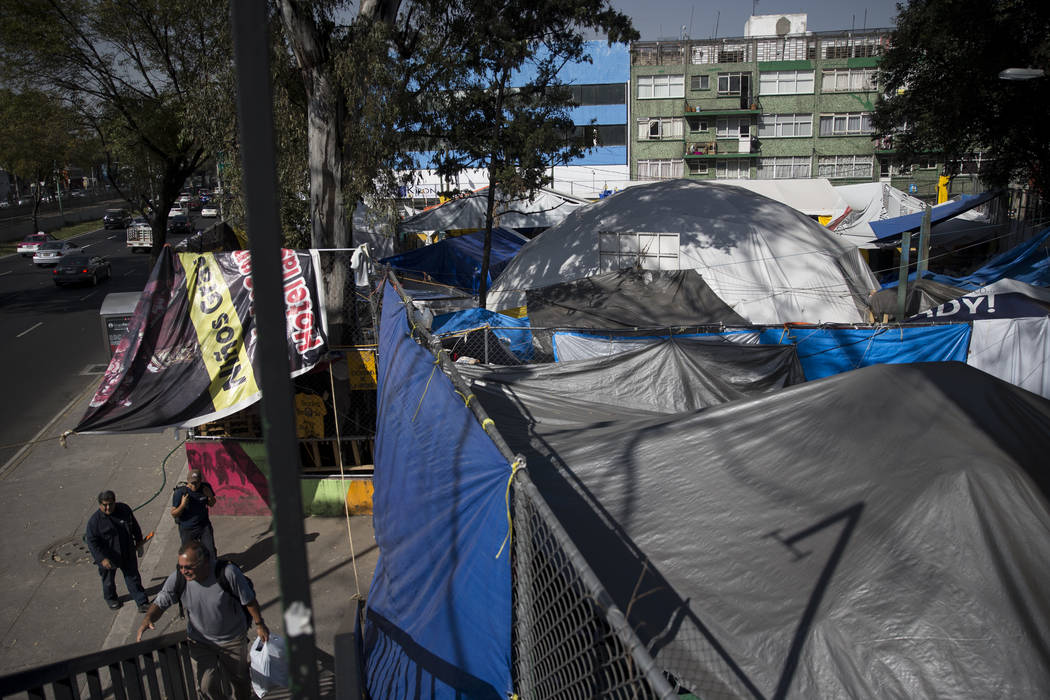

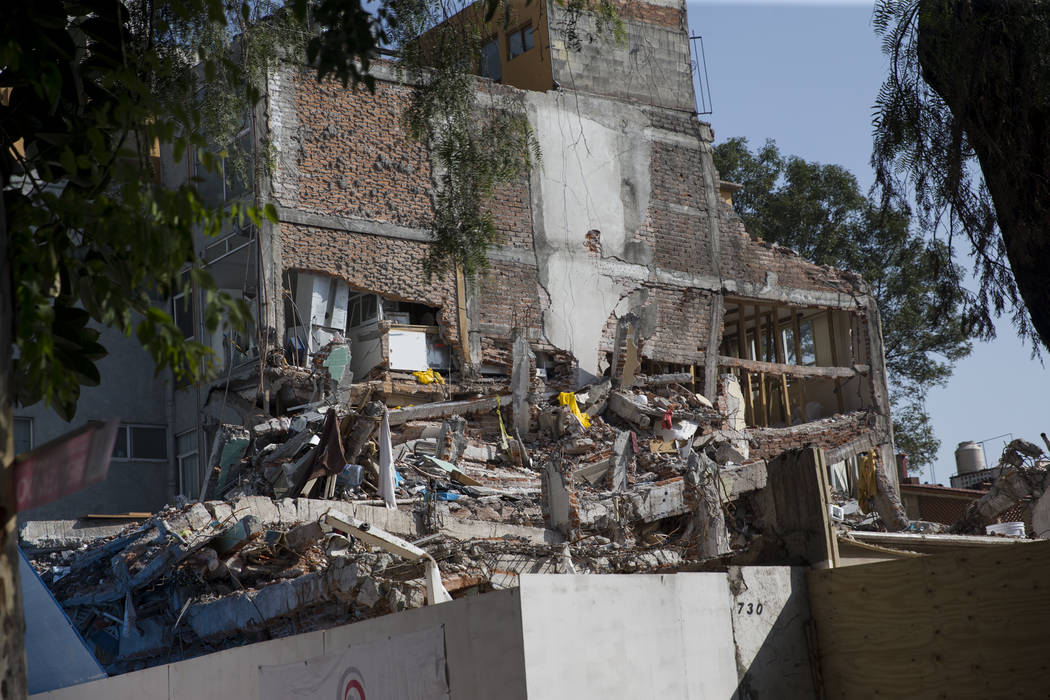
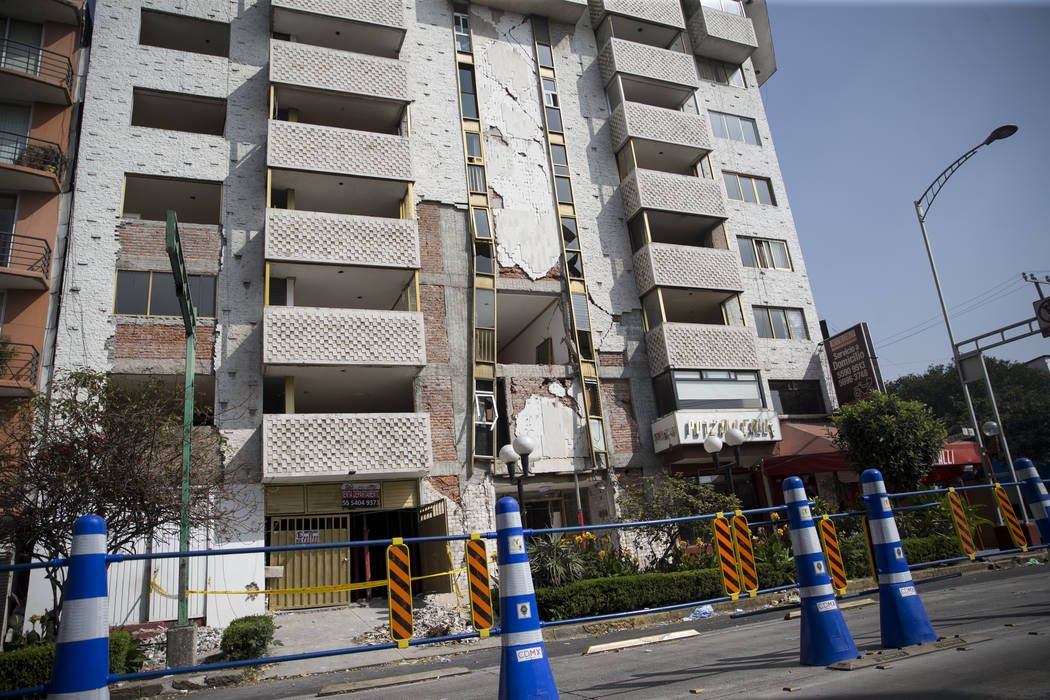
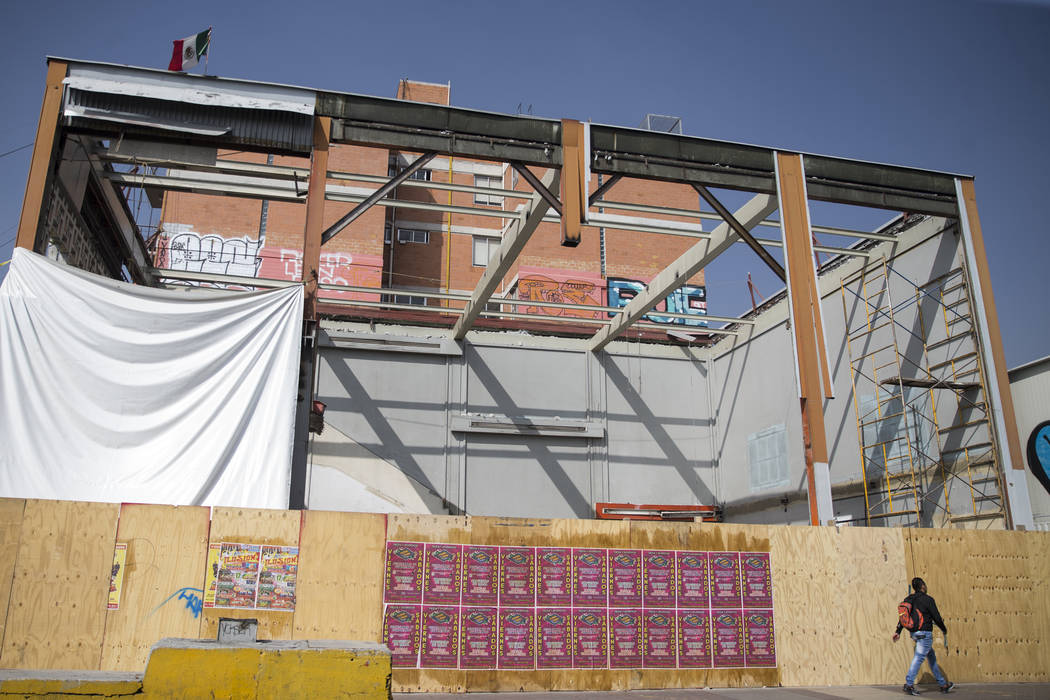
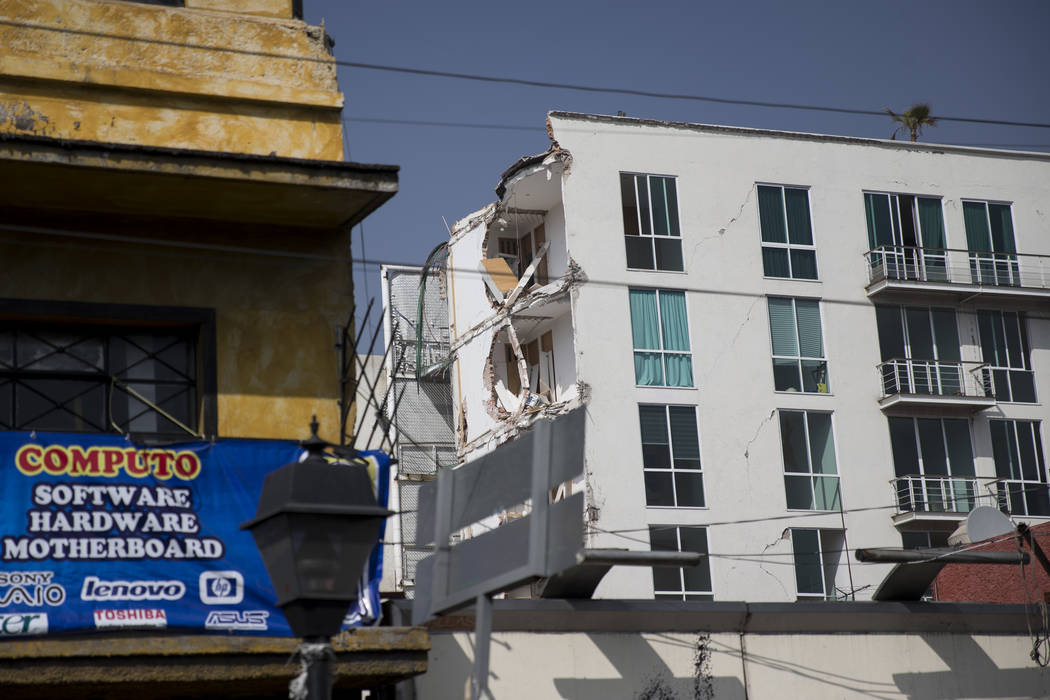
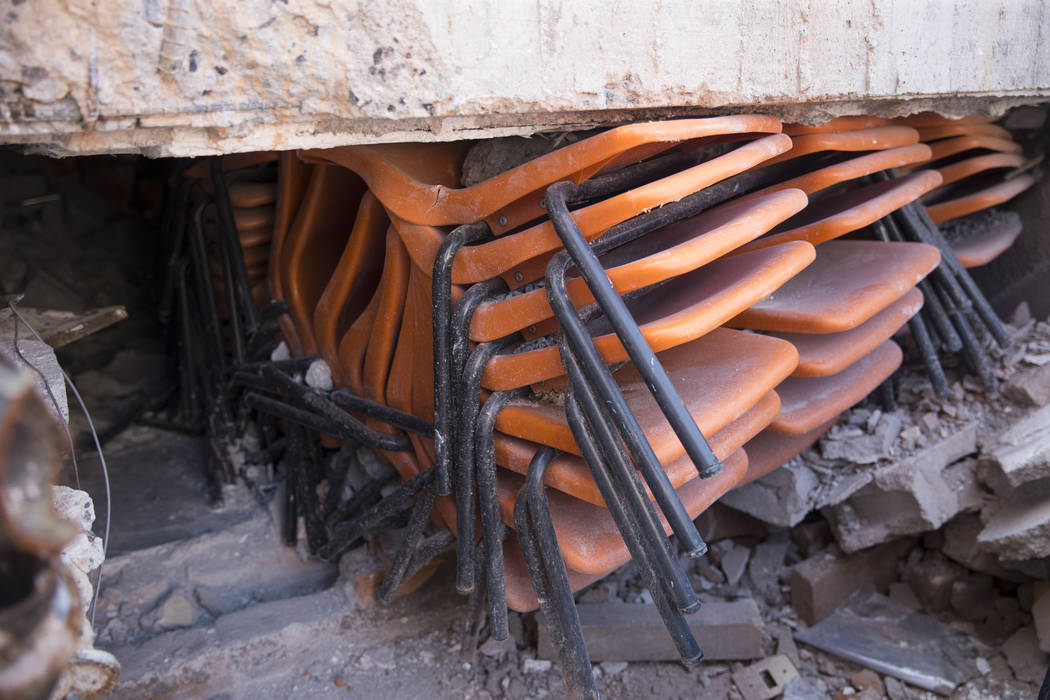

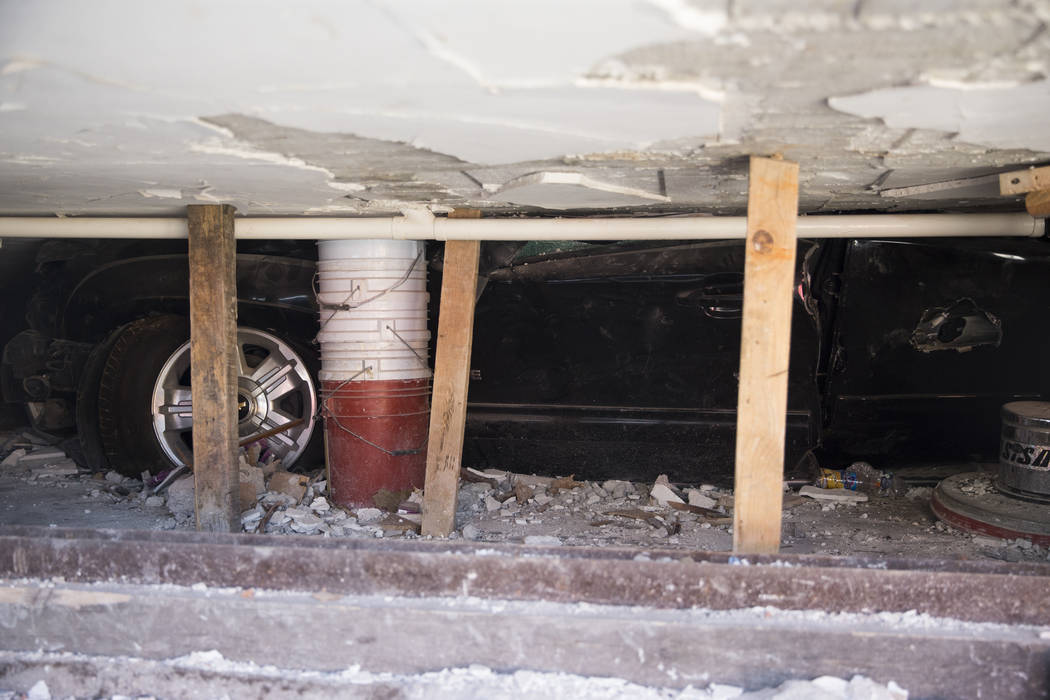
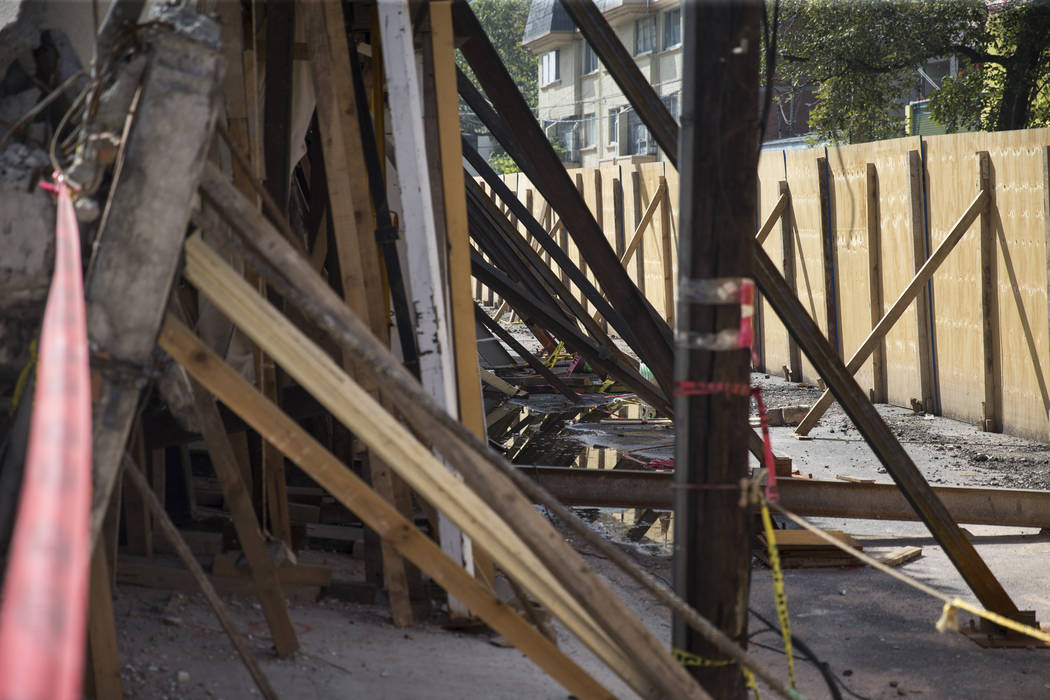
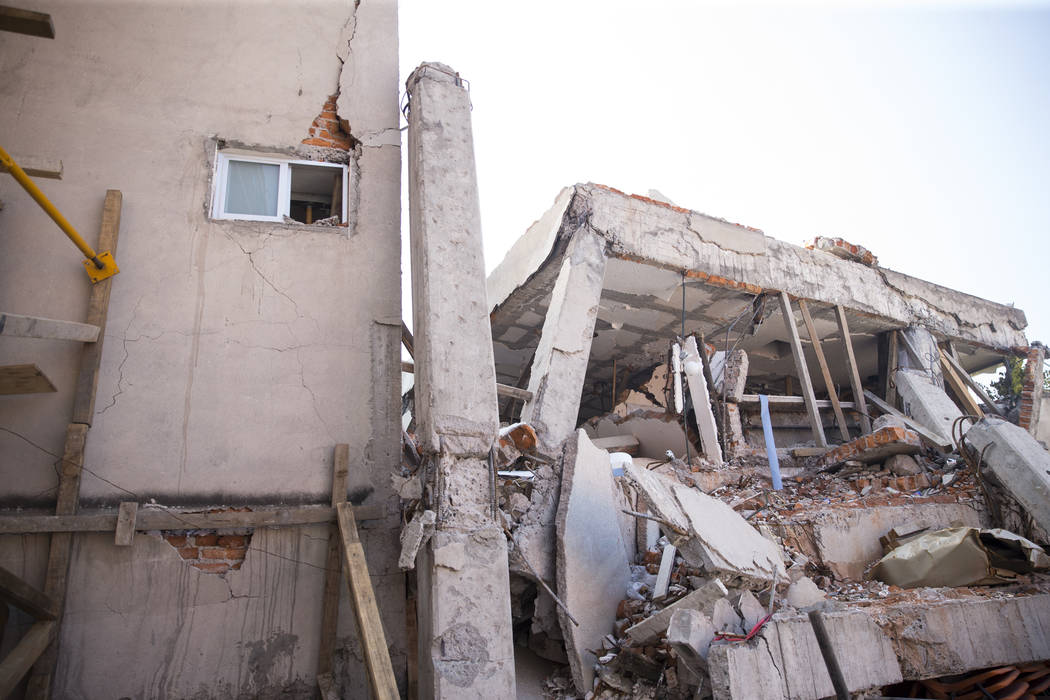

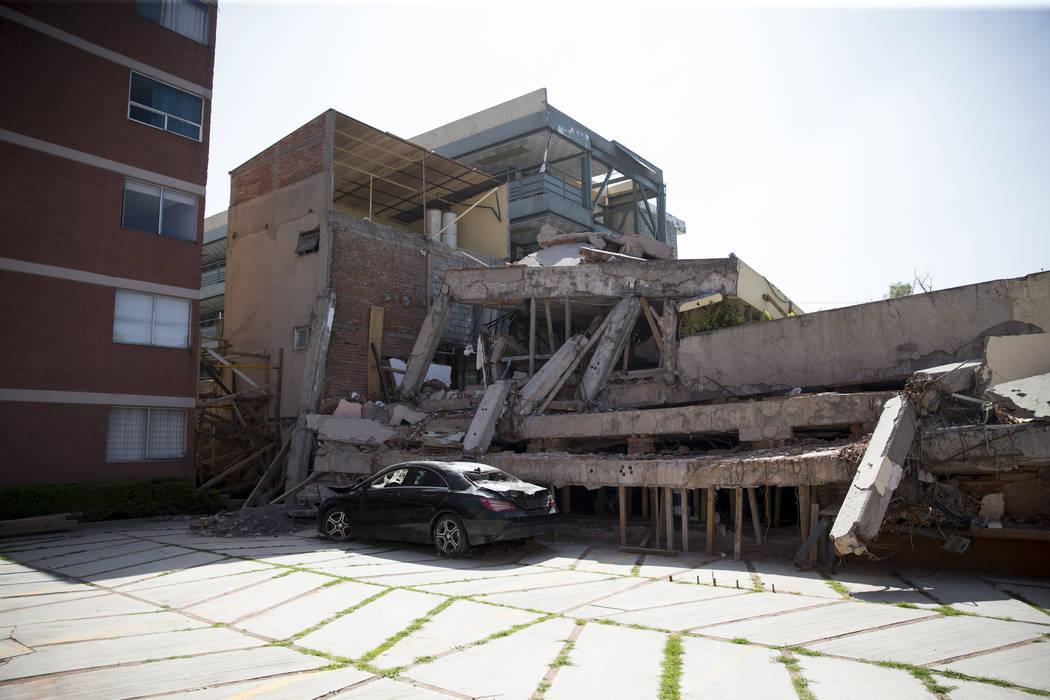
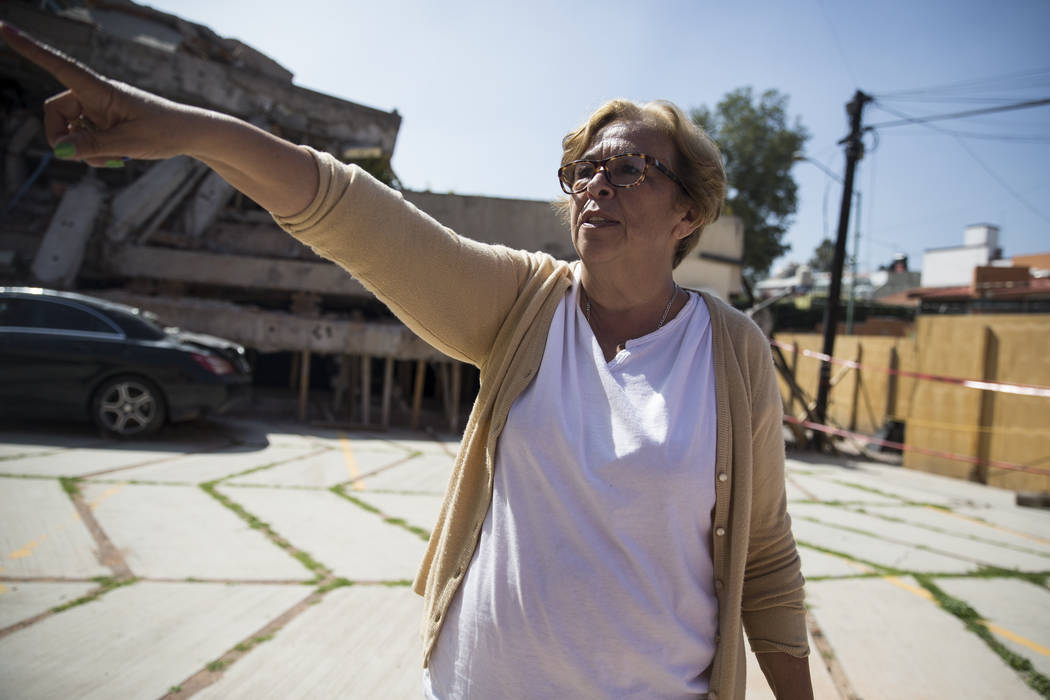
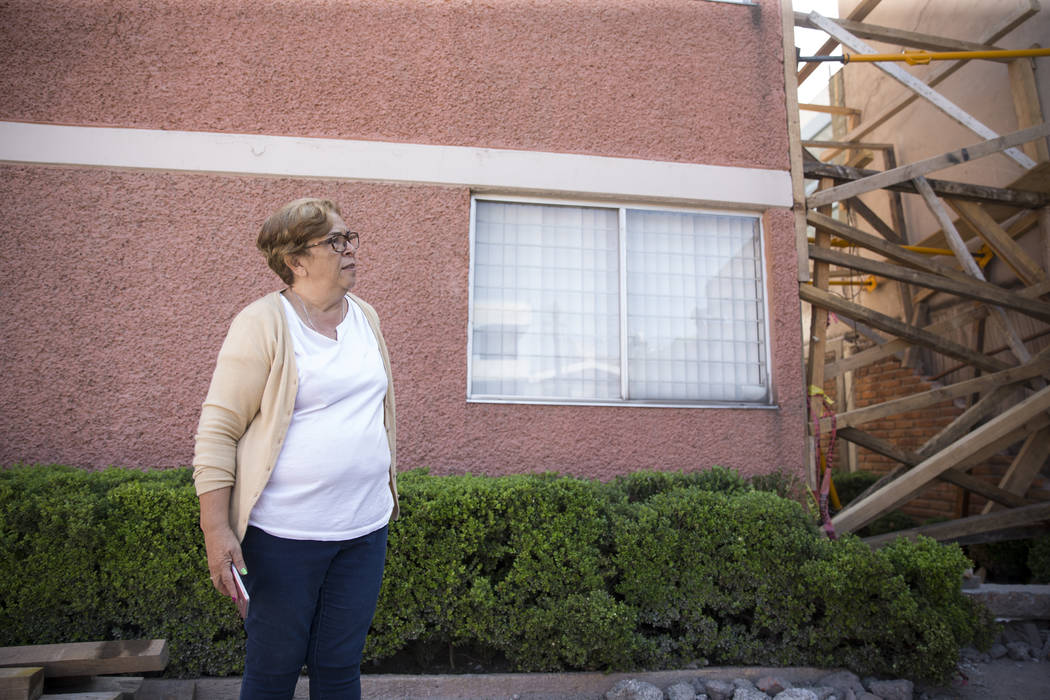
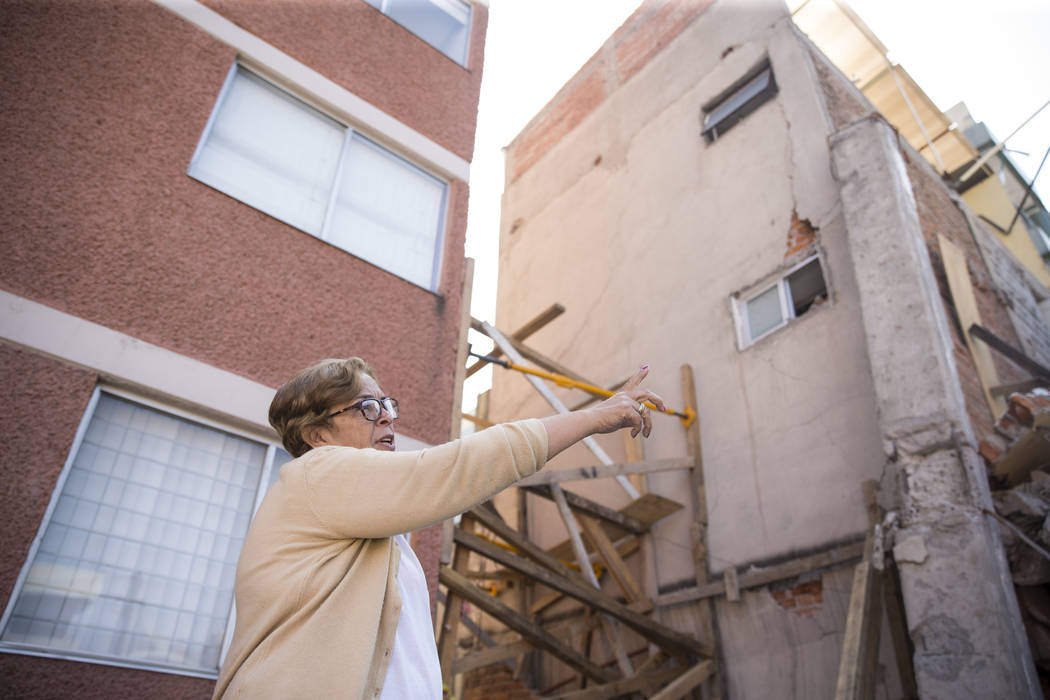
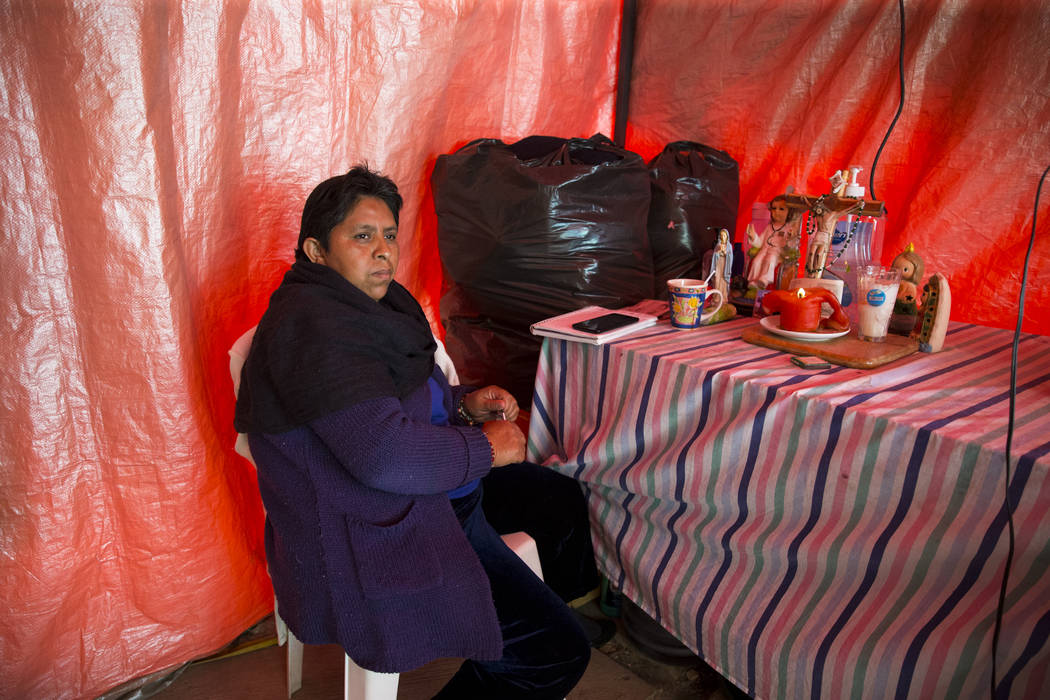

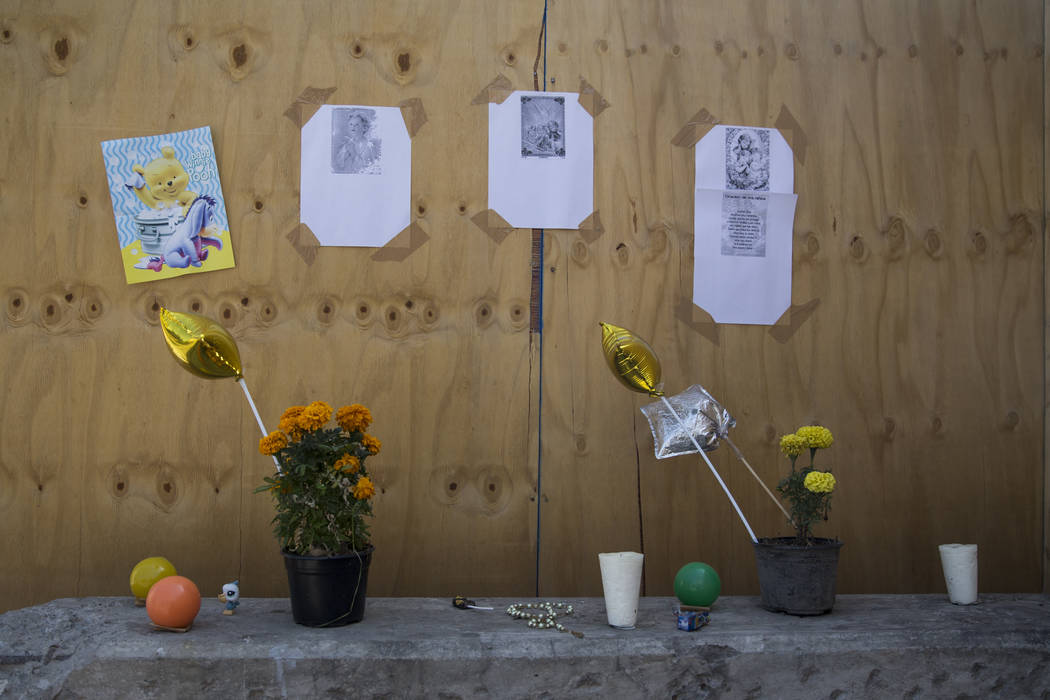
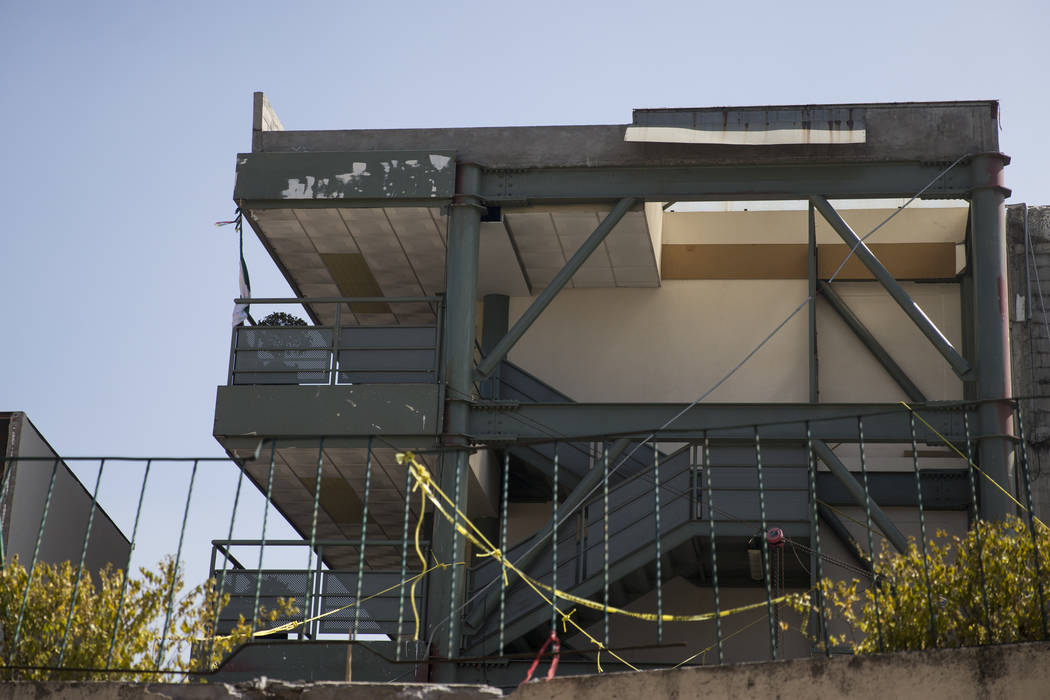

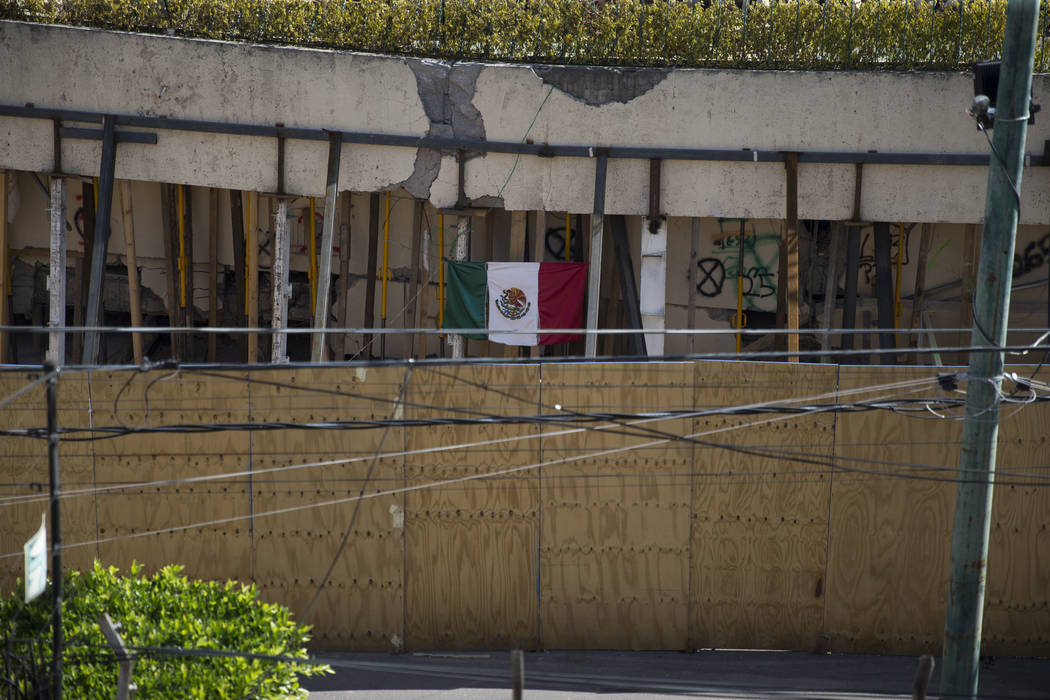
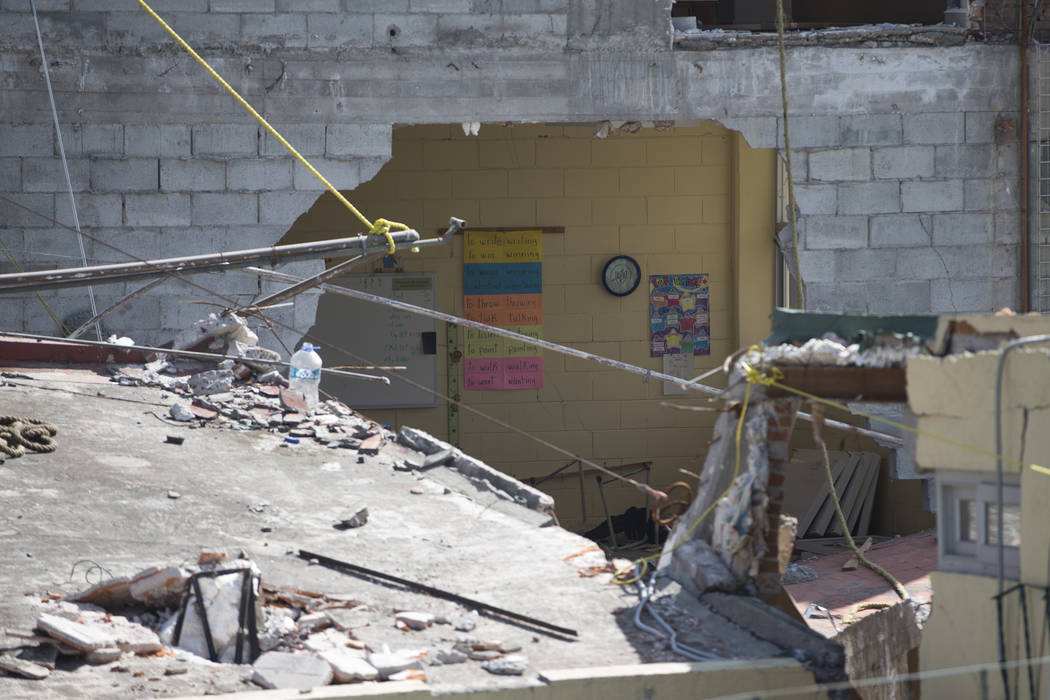

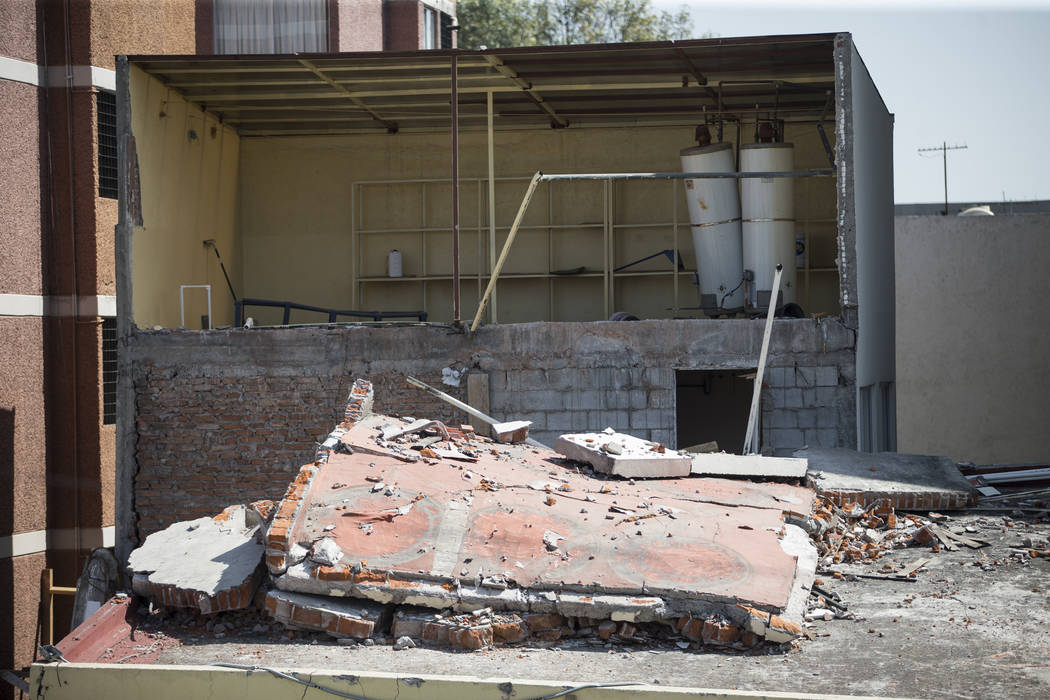
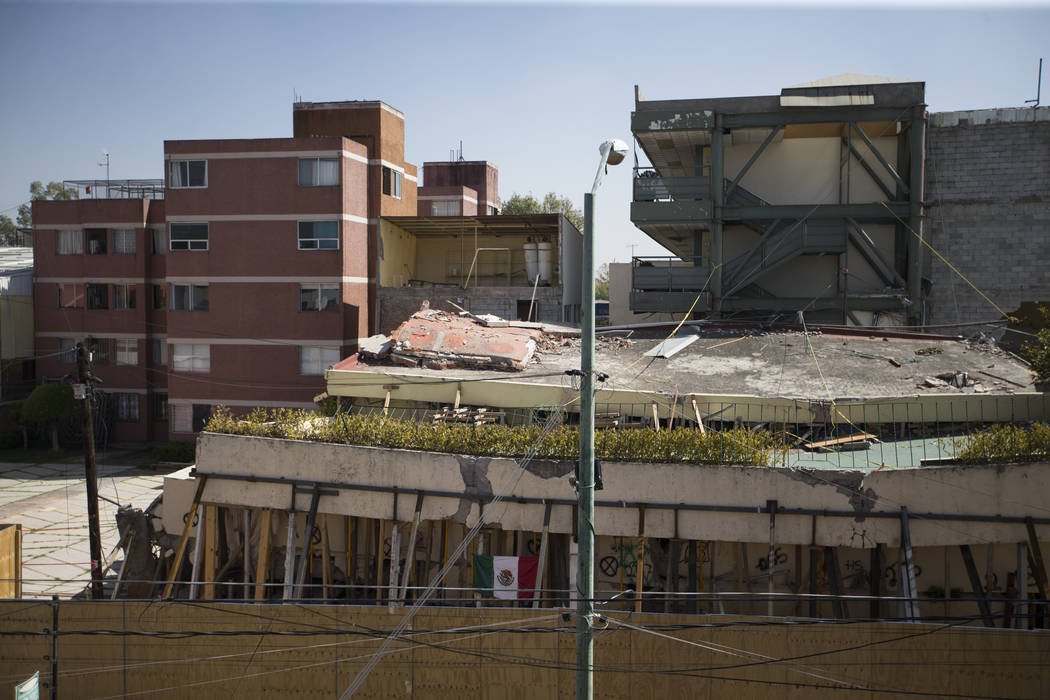
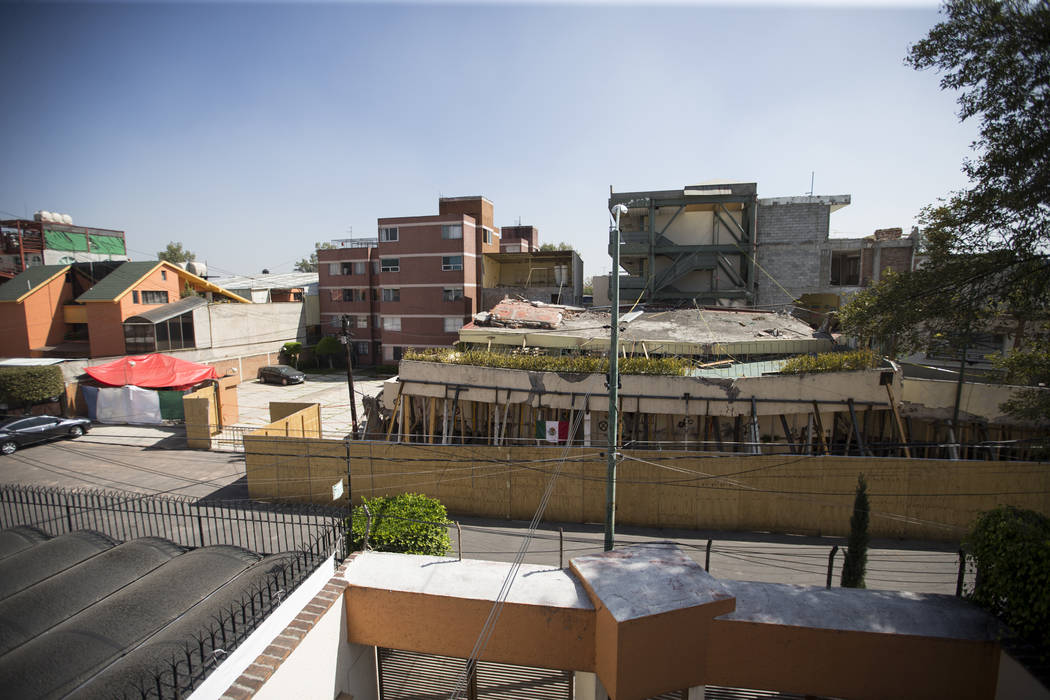
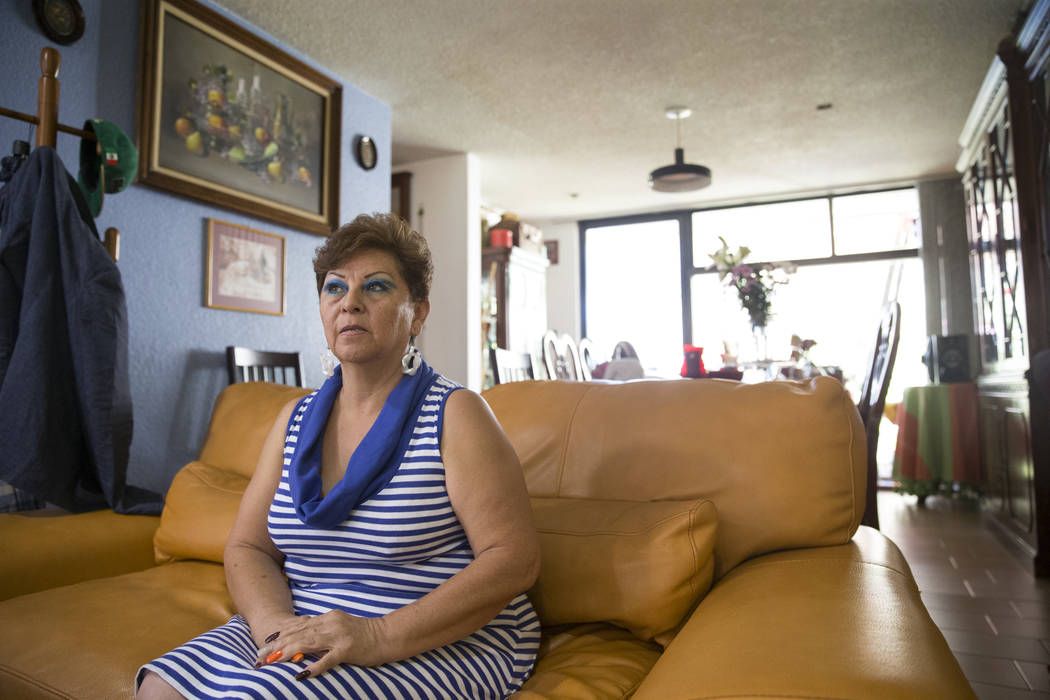
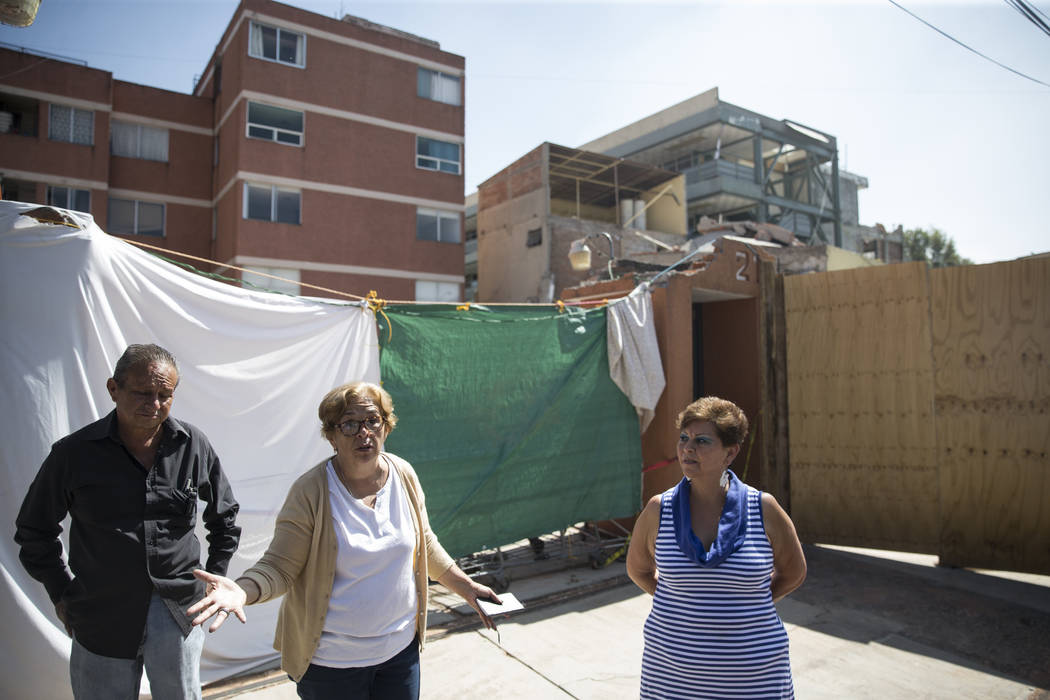
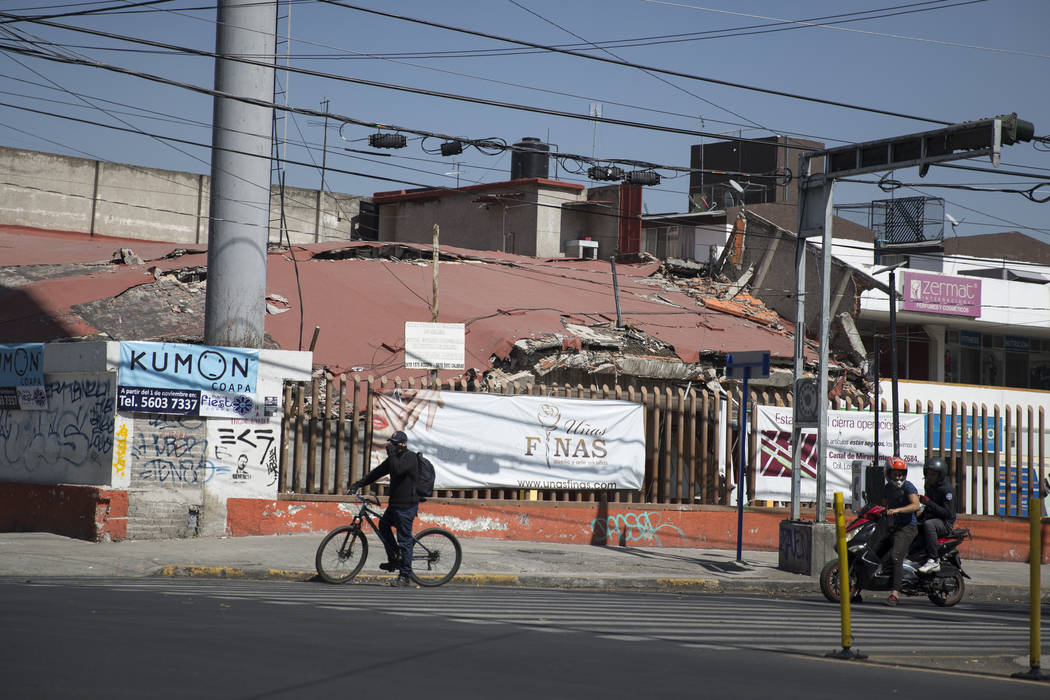
MEXICO CITY
The mother clutching her lifeless child’s body wanted a washcloth to wipe blood from the little face, hoping to cleanse her 7-year-old boy long after he had taken a final breath.
Another mother sat with her dead son, also 7, on an adjoining couch. She wouldn’t let him go, even after the medical examiner had come to collect him, even as they begged during her unrestrainable screams.
One of the dead girls lay on the tiled floor a few feet away. No one had come to identify her. Another dead girl was swallowed in the embrace of her grieving mother.
The girls were also 7.
A mother’s arms are indeed made of tenderness and those children sleeping in them, and yet these were gentle souls that never again would awaken.
Two months ago Sunday, on the anniversary of a 1985 earthquake that struck Mexico City and killed 5,000, another major tremor brought destruction and devastation and incomprehensible death.
One spot hit hardest by the 7.1 magnitude earthquake was a primary and secondary school in the city’s southern Coapa district named Enrique Rebsamen, a three-story building reduced to mounds of jagged concrete and rubble near the epicenter, where among the 25 pronounced dead, 21 were children from ages 7 to 10.
On Sunday, the Raiders and Patriots meet at Estadio Azteca, an 81,000-seat coliseum that sits 7,200 feet above sea level and has hosted some of history’s greatest soccer matches, including two World Cup finals.
How much those directly affected by the earthquake will connect an NFL game to perhaps distracting them from their misery and loss for a few hours is debatable, likely not at all in most cases, certainly not at all for those within the eight-block radius that drew children down a small alleyway and through the once safe doors of Enrique Rebsamen.
Elsa Garcia lives across the alley, and those who came running that fateful day to navigate through the thick smoke and wreckage in search of bodies trapped among the concrete asked her to open her home as a place to bring the dead.
That’s how those four 7-year-olds, two boys, two girls, came to be carried into her garage and later her living room.
Garcia’s son, 22-year-old Irvin, watched as the school crumbled, a computer class of seven children and their teacher instantly killed on a bottom floor. He ran across the alley and began pulling others to freedom as neighbors brought rope and buckets of water.
Hundreds came, many carrying picks and shovels and wearing hard hats. Eventually, a father arrived at the house to identify the girl on the tile, his daughter, the one he had left behind from a vacation the previous week because she had school.
“He began to scream and blame himself,” Garcia said. “He felt guilty. In that moment, when the dad was screaming, I couldn’t take it anymore. It was too much seeing these family members in pain.”
At 11 that morning, all of Mexico had held a moment of remembrance for those lost in the 1985 quake.
At 1:14 p.m., the ground began to shake.
Living in tents
Why this keeps happening: Mexico sits atop several intersecting tectonic plates, which makes it one of the planet’s most seismically active regions.
Mexico City, with a population of almost 9 million across 573 square miles, is built on a dry lake bed with soft soil made up of sand and clay, which means the level of destruction that a major earthquake causes is intensified.
The border between oceanic plates created tens of millions of years ago by the sea floor spreading creates a subduction zone that generates large seismic tremors. Such forces, when combined with activity along smaller plates off the coast of Mexico, can deliver an average of 40 earthquakes a day across the country.
Four-oh.
The tally from the giant one two months ago: 370 dead, 6,000 injured, more than 40 buildings destroyed.
Outside one such collapsed structure in the Unidad Habitacional Cuemanco section of the city is a wall that runs some 600 meters along the side of a busy road. The wall has been transformed into a mural, where hundreds have left painted handprints in memory of those killed in the earthquake from the apartment complex known as 1-C, built in 1950 and now reduced to a clump of dust and memories.
At the center of the wall is a shrine to the dead, flowers surrounding the pictures of nine lost, including four children.
On the day their lives changed forever, 60 of those from 1-C took a short walk to an adjacent playground and began to construct a temporary home. What was once a concrete basketball court is now a collection of tents and cases of water and piles of clothes and garbage and mats on the cold floor on which to sleep, the loud noise of endless traffic and sirens and horns just steps away.
They shower in the homes of friends or at local gymnasiums or, when there is nowhere else, in filthy makeshift showers out back, near where a basketball hoop still stands.
Social workers stop by to help many of the 15 children living in tents with homework.
Cooking is done on small stoves near the entrance, right beyond the piles of clothes and garbage.
“You adapt to living here,” said Adriana Estrada, 48. “You have to adapt. There are no other options. Each week it’s a different challenge. First it was the rain, and now it’s starting to get cold.
“I don’t think people forgot about us. What happened is that everyone has given us what they could give. Some people didn’t have much to give but still gave something. People need to go back to work and their regular routines to support their own families. They go back to their lives.”
It’s the hope of those living in tents on a playground that the Mexican government, much as it did after the 1985 earthquake for many who lost homes, again will come to the rescue with financial assistance. But such a response has been slow to arrive, and in a place where President Enrique Pena Nieto was booed by students as he toured some of the city’s damage, what long has been a profound distrust in the political class by the people has only brought more anger and skepticism.
For now, then, those in the tents wait and pray and adapt and merely exist among the horns and sirens and cardboard boxes taped to the chain-link fence to help keep out the cold.
“I think,” Estrada said, “we can make it another three months.”
Feeling of desperation
Gerorgina Godinez is a 60-year-old landlord of the apartment complex that stands next to what was Enrique Rebsamen School. She remembers the 1985 earthquake, but not the sort of fear that passed through her two months ago Sunday.
“I came out running and fell by where the school wall fell,” Godinez said. “My brother who was with me rescued me because I thought I was already in the sky. It was horrible. When I fell and everything was shaking, I thought the world had ended.
“Within 20 minutes, all the parents were here. What a sad sight to see. It was horrible. The parents came running and falling while screaming, ‘My child is in there!’ I was shaking and couldn’t watch anymore. I went blank.
“A feeling of desperation, nothing you can do. There was so much pain. Many parents got to take their kids home alive, and many took their children home dead. You walk the streets here, and it is so sad. Things will never go back to what they were.”
Not an hour after Godinez showed a group of visitors the school and spoke about the horror, with police standing nearby and checking identifications, a group of men in hard hats arrived to tell her that she and others could move back into their complex in 15 days.
The school, meaning all the mounds of jagged concrete and rubble that remains, would be destroyed and never rebuilt.
They would bury it, along with all those little faces.
Contact columnist Ed Graney at egraney@reviewjournal.com or 702-383-4618. He can be heard on “The Press Box,” ESPN Radio 100.9 FM and 1100 AM, from 11 a.m. to 2 p.m. Monday through Friday. Follow @edgraney on Twitter. Contact Gilbert Manzano at gmanzano@reviewjournal.com. Follow @GManzano24 on Twitter.
Notable earthquakes in Mexico
1931 — Jalisco, 8.1 magnitude
1985 — Mexico City, 8.0
1995 — Colima, 8.0
2017 — Chiapas, 8.1
2017 — Mexico City, 7.1
Since 1776, there have been at least 60 across the country with a magnitude of 7.0 or higher.












